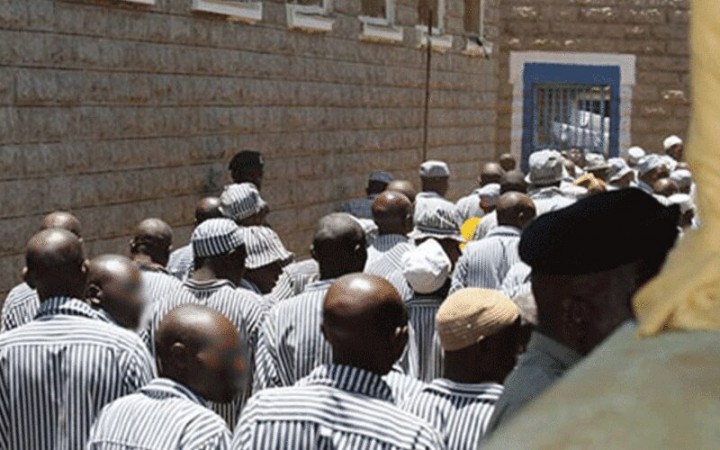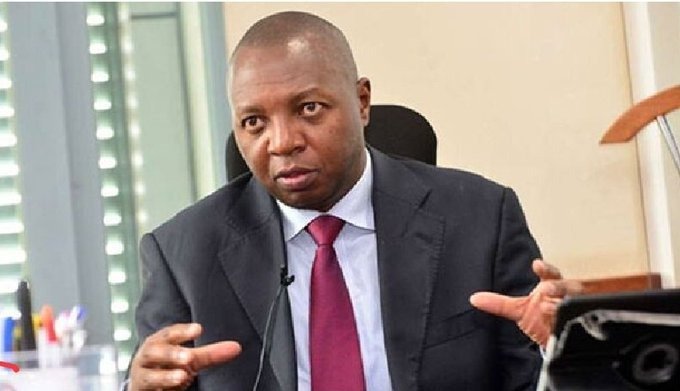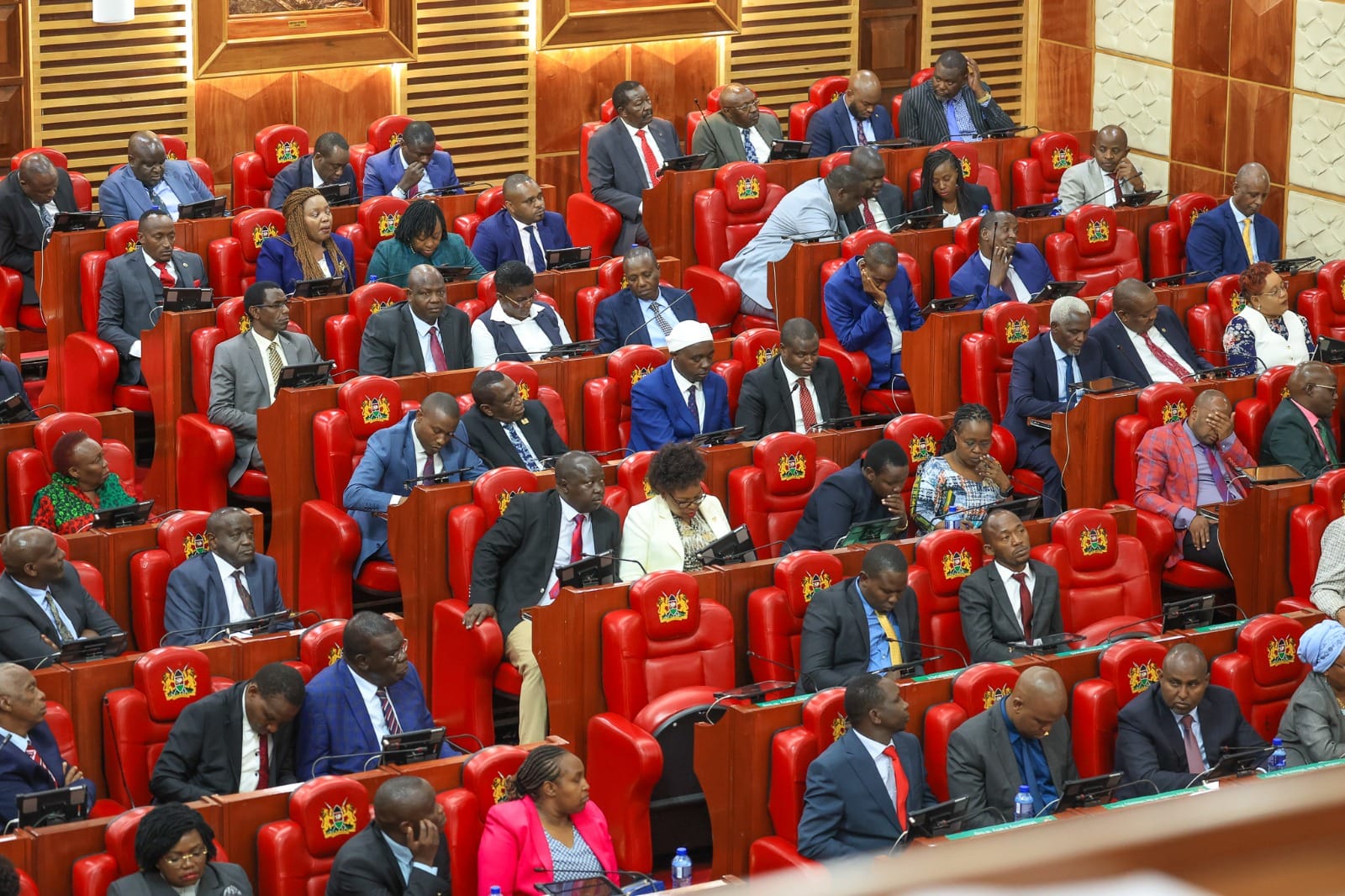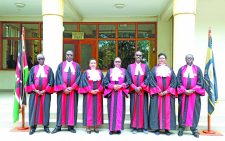Use of cyanide in mines ticking bomb
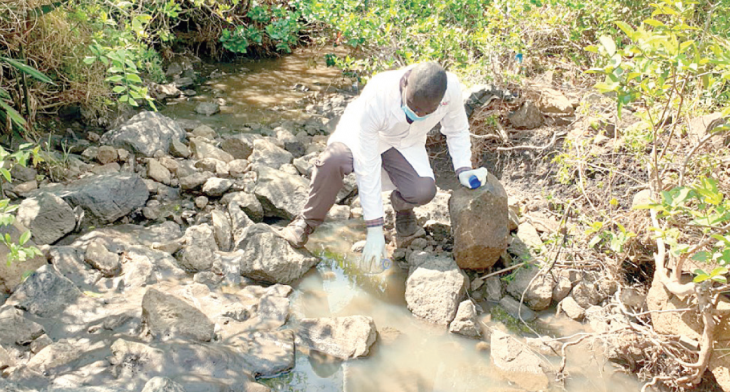
For many years, mercury was the chemical of choice for artisanal miners extracting gold in Kenya. Today, sodium cyanide is increasingly being used to process gold-bearing ore – a trend seen around the world in what has been described as a ‘cyanide revolution’. However, criminality and corruption in Kenya’s gold sector have left authorities struggling to regulate this potentially lethal chemical and contain its environmental impacts.
Sodium cyanide is more efficient in processing lower-grade gold ore than mercury. According to Joshua Boiwo, a geology officer for Migori County: “Using mercury can get between 25 per cent and 50per cent, maximum 60 per cent of gold, but with cyanide, you get 95 per cent or even 100 per cent of gold from ore.” This means that piled ‘tailing’ from gold extraction – ongoing in Kenya since the colonial period – is a proverbial gold mine and a magnet for firms wanting to perform gold ‘leaching’, the process of extracting gold from this waste product.
However, many of these leaching sites operate illegally. “Where there is enough tailing to sustain a leaching site, we often build one quickly, work on tailing from an area for six months to a year,” explained Joshua Achieng (not his real name), a representative of investors at leaching sites in Migori and Narok counties. “Once the area is exhausted, we move on to the next area. This avoids government inspection … most [sites] are illegal. That is why we have leaching sites in urban centres to complete the process from illegal sites.” At the time of his interview with the GI-TOC, Achieng was managing five different leaching sites, only two of which were licensed.
Decommissioning cyanide
“Sometimes we only get alerted that a site is in place once they have moved on after finishing the tailing
in the area,’ said Boiwo. “It becomes harder to start looking into how cyanide can be decommissioned when there are no legal persons [who can be traced and held responsible].”
Yet the health of local communities and their livestock is put at risk if the strict protocols necessary to ensure sodium cyanide is used safely are ignored, as the chemical can contaminate water sources. Many of the temporary leaching sites Achieng describes have been the cause of environmental damage, as they are left untreated. However, by this point, the leaching groups have moved onto other sites, leaving no means for residents to hold them accountable.
“We had been fighting for control of mercury in the gold-mining sector, especially with artisanal and small-scale [mining’s] effects on the environment, then – boom! Sodium cyanide came in and its impact [on health] is more rapid,” said David Maganya, director of the iHope Foundation, an NGO based in Migori working on rural health issues, including those connected to the mining sector.
Most investors who run illegal leaching sites accuse
the authorities of rendering it impossible for them to operate legally, due to delays in the approval of licences, in addition to corruption and political interference. Obtaining a licence can take up to two years – even though the sites themselves may take mere months to clear. Migori County, for example, reportedly had 10 licensed sites yet 40 applications awaiting approval as of September 2021.
Many in the industry point to a lack of resources in the relevant departments, for example, just three officers from the Department of Geology oversee Migori, Homa Bay, Kisii, Nyamira and Narok counties, which encompass a huge gold-mining region. James Siagi, the National Environment Management Authority officer in Migori County, acknowledged that this has been a challenge. ‘In surveys, we often find illegal sites… We often give them time to apply [for a licence] or close them and rely on police to effect these orders,” he said.
People in the industry claim that political figures are often the ultimate beneficiaries of the business. In September 2019, an operation by authorities in Migori County led to the closure of more than 40 gold-mining and processing plants operating illegally, including two reportedly controlled by a powerful Migori politician. This is allegedly indicative of the industry today.
Alfred Mukhwasi, a clerk at a law firm in Kakamega, said that most leaching sites are run by people with political connections, which allows processes to be sidestepped when drawing up agreements and buying land. “A year ago, I did a land sale agreement by some Indian traders through a company that was buying land locally. When I protested, it could be illegal to include gold leaching as a prospect for what they will do in the land, they insisted the agreement will sail through because they were backed by government officials. Sure enough, six months later a leaching plant was up and running,” Mukhwasi said.
Operating outside the legal system has also left leaching sites at a higher risk of conflict, as disputes over gold deals and rivalries between businesspeople are manifested through violence rather than the courts.
GSU uniforms
One such incident took place on March 18, 2021, when armed men wearing General Service Unit uniforms attacked a gold-leaching site in Isebania, close to the Tanzanian border. Part of the raid was captured on CCTV phone footage at the premises of businessman Daniel Mogesi Ngocho, who claimed the men stole 2.5 kilograms of gold worth Sh11 million as well as Sh2 million.
Arriving in unmarked Toyota Land Cruisers, the men forced their way through by jumping over the gate, beating up three workers and briefly abducting two others. They tortured the men and forced their way into a safe house. They then proceeded into a nearby bar owned by the same trader, started beating up patrons then left.
Advocate Mwita Kerario, representing Ngocho, said that neither the police in Migori nor at the nearby Isebania police post were aware of the raid and that they would pursue the case with the government. Ngocho was later charged for tax evasion by the Kenya Revenue Authority in the Kisii High Court. Again, there is a suggestion that this is politically linked. Sources familiar with the leaching site (speaking on condition of anonymity) said that it has been used as a front by senior Migori county government officials and local politicians.
The raid may have been the result of a disagreement between these parties, as local government were unaware it would take place, suggesting that the order for the raid came from higher up.
All those in the leaching industry whom the GI-TOC spoke to reported that sodium cyanide is rarely bought in Kenya, because of strict regulations around its handling and transport. For example, under Kenyan law, cyanide must be transported in an openly marked vehicle showing its contents, which attracts unwanted attention to leaching sites that are operating illegally.
Instead, the chemical is often smuggled in from Tanzania. “Tanzanians have a chokehold control on cyanide, mercury and sulphuric acid routes in gold mining in Kenya; they have managed to evade all taxes to be paid [by using] smuggling routes… a tonne of cyanide costs between Sh400,000 and Sh500,000 and it has remained steady for a long time,” said JB Jobando, a gold trader who owns a (legal) leaching site in Wagusu area in Bondo sub-county.
“I have tried to import the chemicals from Uganda… where I have gold interests in Arua, [but] taxes and dealing with government places a tonne of cyanide at Sh600,000–Sh700,000, with more costs incurred when transported openly in Kenya.”
Smaller tanks
Once the chemical is bought in Tanzania, it is transferred to smaller sealed tanks of about 120–200 litres across the border. “We strictly use minivans with tinted windows to transport the chemicals through panya [smuggling] routes,” said Muyedi. Minivans – as opposed to the trucks used to smuggle other products – are chosen because the substance is poisonous and must be handled carefully. Migori County Geology Officer Boiwo also confirmed that most sodium cyanide and the skills to use it come from Tanzania, where it has been
in use for a long time. This reliance on Tanzanian supply chains means that many sites in Kenya are Tanzanian-controlled.
The ‘cyanide revolution’ could be a golden opportunity for Kenya’s mining sector, allowing businesses to make profitable use of what is otherwise simply a waste product. However, criminality in the sector, vested political interests and the use of violence are instead turning this opportunity into a risk.
Migori county police commander Mark Wanjala, environment agency officer Siagi and geology officer Boiwo all agree that an effort across Kenyan government departments to control leaching and cyanide use is the best strategy for bringing stability to the sector. ‘Police can arrest, but we need experts from other departments to ensure an all-round operation that will help in court cases,’ said Wanjala.
In the meantime, as long as these toxic substances are being used by groups operating outside the law, the health of Kenyan communities and livestock is being put at risk.
The article was first published in the Global Initiative Against Transnational Organised Crime

